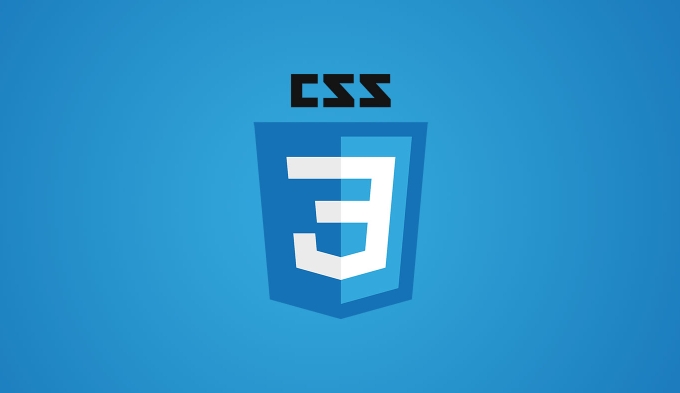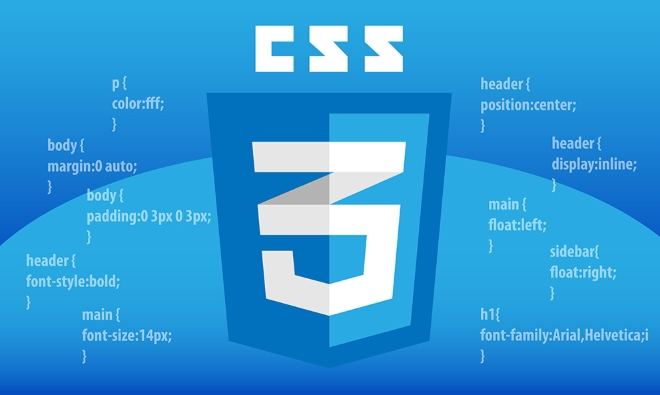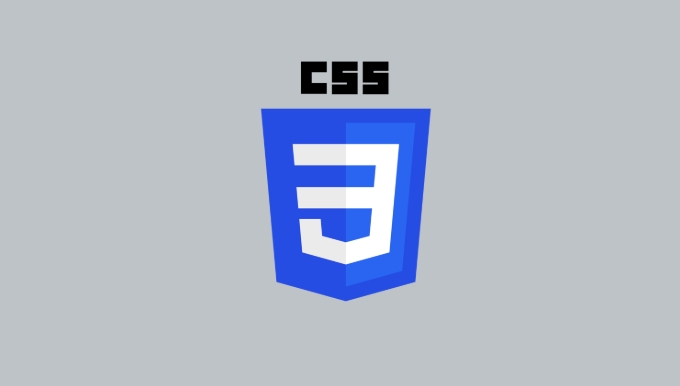How to use pure CSS to control pop-up display and hide? The core method is to use anchor point (#) links to cooperate with the :target pseudo-class to control element state. 1. When clicking to open the link, the URL becomes #popup, triggering the .modal:target style to display the pop-up; 2. The close button jumps to the # anchor point, causing the URL to return to the targetless state, and hiding the pop-up window. The pop-up content is centered and beautified by absolute positioning and transform to achieve centering, adding background masks, rounded borders, shadows and other styles. Limitations include: 1. Unable to monitor external area closures; 2. Not supported for animation transitions; 3. Weak SEO and barrier-free experiences. Suitable for static display pop-ups without loading additional scripts.

Sometimes we only need a simple pop-up effect, without introducing complex JavaScript. In fact, pure CSS can also implement a basic modal box (Modal) or popup window (Popup). The key is to use HTML's :target pseudo-class and some basic style control.

Here is how to implement a simple pop-up window using pure CSS, which is suitable for quick use without additional scripts.
How to use pure CSS to control pop-up display and hide?
The core method is to use anchor point ( # ) links to cooperate with the :target pseudo-class to control the state of the element. When the URL contains the corresponding ID, the :target style takes effect.

For example:
<a href="#popup">Open popup</a>
<div id="popup" class="modal">
<div class="modal-content">
<a href="#" class="close-btn">×</a>
<p>This is a pure CSS popup</p>
</div>
</div>The corresponding CSS can be written like this:

.modal {
display: none;
}
.modal:target {
display: block;
position: fixed;
top: 0; left: 0;
width: 100%; height: 100%;
background-color: rgba(0,0,0,0.5);
} After clicking "Open Popup", the URL will become #popup . At this time .modal:target takes effect and the popup will be displayed. The close button is actually to jump to the # anchor point, making the address bar return to a state where there is no specified target, thereby triggering the pop-up window to hide.
How to center and beautify the pop-up content?
In order to make the pop-up window look more beautiful, you can add some layout styles, such as vertical and horizontal centering, background masking, rounded borders, etc.
The example style is as follows:
.modal-content {
position: absolute;
top: 50%; left: 50%;
transform: translate(-50%, -50%);
background: white;
padding: 20px;
border-radius: 8px;
box-shadow: 0 0 10px rgba(0,0,0,0.3);
width: 300px;
text-align: center;
}
.close-btn {
float: right;
font-size: 24px;
text-decoration: none;
color: #999;
}This part mainly deals with visual presentation and does not involve logical control. You can adjust the color, size, font, etc. according to your design style.
What are the limitations that need attention?
Although this pure CSS popup method is lightweight, it also has several obvious limitations:
- Only by switching status through anchor points : Cannot listen to click on the external area to close pop-up window.
- Unable to animate transitions : Although CSS can add transitions,
display: none/blockdoes not support transitions. - Browser compatibility is also OK : mainstream modern browsers support
:target, but it is also basically available on IE. - Slightly weak in SEO and accessibility : pop-up content is always on the page, which may affect the screen reader experience.
If you need more complex features (such as clicking on the mask layer to close, fade animation, and switching multiple pop-up windows), it is recommended to use JavaScript to control it.
Basically that's it. This method is suitable for making a static display pop-up window, which is simple and fast without loading additional scripts.
The above is the detailed content of How to create a simple modal/popup with CSS only?. For more information, please follow other related articles on the PHP Chinese website!

Hot AI Tools

Undress AI Tool
Undress images for free

Undresser.AI Undress
AI-powered app for creating realistic nude photos

AI Clothes Remover
Online AI tool for removing clothes from photos.

Clothoff.io
AI clothes remover

Video Face Swap
Swap faces in any video effortlessly with our completely free AI face swap tool!

Hot Article

Hot Tools

Notepad++7.3.1
Easy-to-use and free code editor

SublimeText3 Chinese version
Chinese version, very easy to use

Zend Studio 13.0.1
Powerful PHP integrated development environment

Dreamweaver CS6
Visual web development tools

SublimeText3 Mac version
God-level code editing software (SublimeText3)

Hot Topics
 CSS tutorial for creating loading spinners and animations
Jul 07, 2025 am 12:07 AM
CSS tutorial for creating loading spinners and animations
Jul 07, 2025 am 12:07 AM
There are three ways to create a CSS loading rotator: 1. Use the basic rotator of borders to achieve simple animation through HTML and CSS; 2. Use a custom rotator of multiple points to achieve the jump effect through different delay times; 3. Add a rotator in the button and switch classes through JavaScript to display the loading status. Each approach emphasizes the importance of design details such as color, size, accessibility and performance optimization to enhance the user experience.
 Addressing CSS Browser Compatibility issues and prefixes
Jul 07, 2025 am 01:44 AM
Addressing CSS Browser Compatibility issues and prefixes
Jul 07, 2025 am 01:44 AM
To deal with CSS browser compatibility and prefix issues, you need to understand the differences in browser support and use vendor prefixes reasonably. 1. Understand common problems such as Flexbox and Grid support, position:sticky invalid, and animation performance is different; 2. Check CanIuse confirmation feature support status; 3. Correctly use -webkit-, -moz-, -ms-, -o- and other manufacturer prefixes; 4. It is recommended to use Autoprefixer to automatically add prefixes; 5. Install PostCSS and configure browserslist to specify the target browser; 6. Automatically handle compatibility during construction; 7. Modernizr detection features can be used for old projects; 8. No need to pursue consistency of all browsers,
 Styling visited links differently with CSS
Jul 11, 2025 am 03:26 AM
Styling visited links differently with CSS
Jul 11, 2025 am 03:26 AM
Setting the style of links you have visited can improve the user experience, especially in content-intensive websites to help users navigate better. 1. Use CSS's: visited pseudo-class to define the style of the visited link, such as color changes; 2. Note that the browser only allows modification of some attributes due to privacy restrictions; 3. The color selection should be coordinated with the overall style to avoid abruptness; 4. The mobile terminal may not display this effect, and it is recommended to combine it with other visual prompts such as icon auxiliary logos.
 Creating custom shapes with css clip-path
Jul 09, 2025 am 01:29 AM
Creating custom shapes with css clip-path
Jul 09, 2025 am 01:29 AM
Use the clip-path attribute of CSS to crop elements into custom shapes, such as triangles, circular notches, polygons, etc., without relying on pictures or SVGs. Its advantages include: 1. Supports a variety of basic shapes such as circle, ellipse, polygon, etc.; 2. Responsive adjustment and adaptable to mobile terminals; 3. Easy to animation, and can be combined with hover or JavaScript to achieve dynamic effects; 4. It does not affect the layout flow, and only crops the display area. Common usages are such as circular clip-path:circle (50pxatcenter) and triangle clip-path:polygon (50%0%, 100 0%, 0 0%). Notice
 What is the difference between display: inline, display: block, and display: inline-block?
Jul 11, 2025 am 03:25 AM
What is the difference between display: inline, display: block, and display: inline-block?
Jul 11, 2025 am 03:25 AM
Themaindifferencesbetweendisplay:inline,block,andinline-blockinHTML/CSSarelayoutbehavior,spaceusage,andstylingcontrol.1.Inlineelementsflowwithtext,don’tstartonnewlines,ignorewidth/height,andonlyapplyhorizontalpadding/margins—idealforinlinetextstyling
 How to create responsive images using CSS?
Jul 15, 2025 am 01:10 AM
How to create responsive images using CSS?
Jul 15, 2025 am 01:10 AM
To create responsive images using CSS, it can be mainly achieved through the following methods: 1. Use max-width:100% and height:auto to allow the image to adapt to the container width while maintaining the proportion; 2. Use HTML's srcset and sizes attributes to intelligently load the image sources adapted to different screens; 3. Use object-fit and object-position to control image cropping and focus display. Together, these methods ensure that the images are presented clearly and beautifully on different devices.
 What is CSS and what does it stand for?
Jul 03, 2025 am 01:48 AM
What is CSS and what does it stand for?
Jul 03, 2025 am 01:48 AM
CSS,orCascadingStyleSheets,isthepartofwebdevelopmentthatcontrolsawebpage’svisualappearance,includingcolors,fonts,spacing,andlayout.Theterm“cascading”referstohowstylesareprioritized;forexample,inlinestylesoverrideexternalstyles,andspecificselectorslik
 What is the CSS Painting API?
Jul 04, 2025 am 02:16 AM
What is the CSS Painting API?
Jul 04, 2025 am 02:16 AM
TheCSSPaintingAPIenablesdynamicimagegenerationinCSSusingJavaScript.1.DeveloperscreateaPaintWorkletclasswithapaint()method.2.TheyregisteritviaregisterPaint().3.ThecustompaintfunctionisthenusedinCSSpropertieslikebackground-image.Thisallowsfordynamicvis






